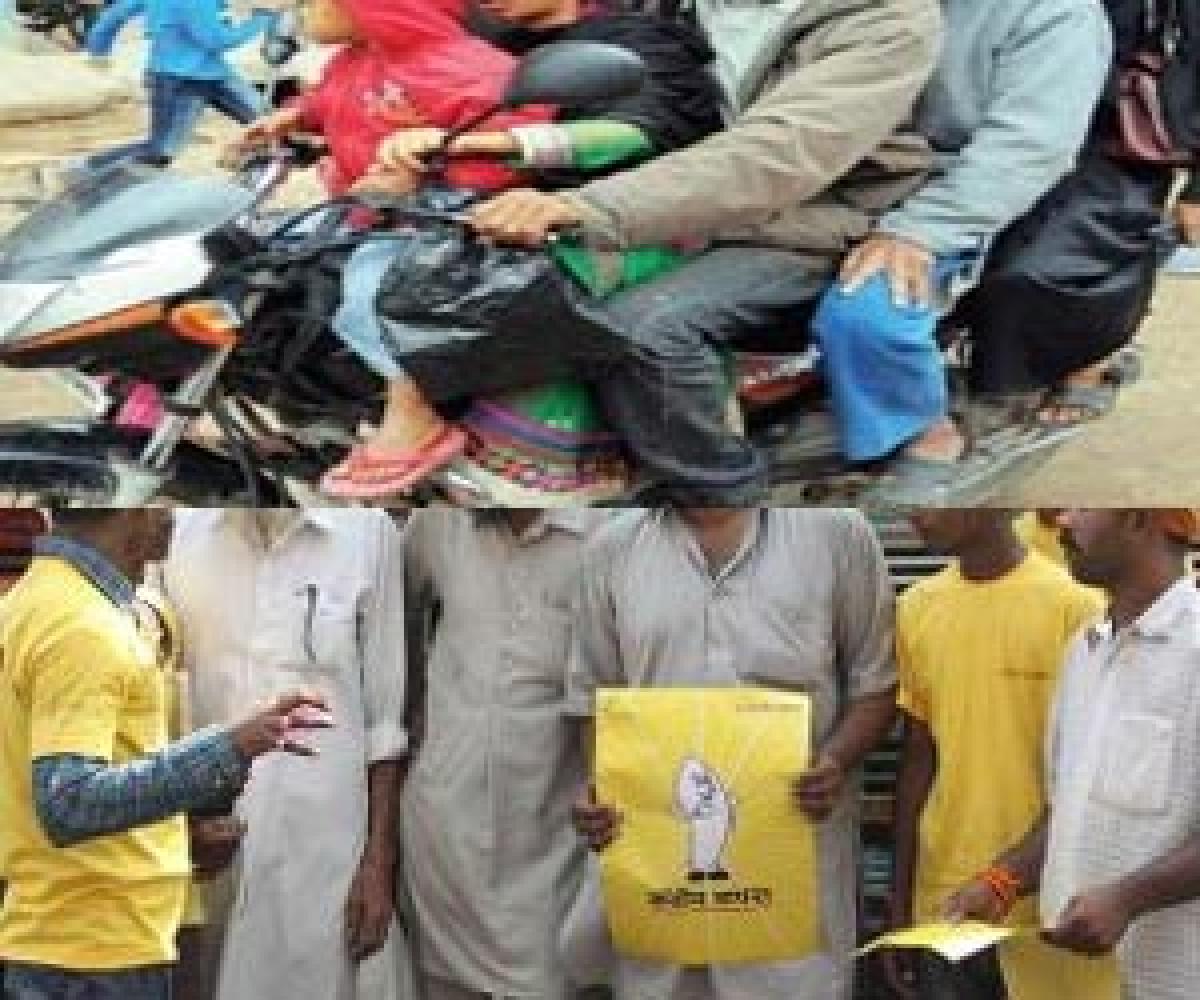Live
- Flash floods cause severe property damage in north Afghanistan
- Jordan says shooting incident against police patrol 'terrorist attack'
- Israeli rabbi killed in UAE in suspected 'terror attack': Israel
- IPL 2025 Auction: Shreyas Iyer sold to PBKS for record-breaking bid of Rs 26.75 cr
- Kyrgyzstan to ban vapes, electronic cigarettes
- How to maximise your EV's range: Tips and tricks for better longevity
- COP29 reaches global climate deal package
- Romanians vote in first round of presidential election
- Beijing braces for cold wave, rain, snow
- Gunman killed, three injured in shooting near Israeli embassy in Jordan
Just In

India needs to significantly increase its budget for the family planning sector if it doesn\'t want to miss the goal it pledged it will reach at FP2020, the global partnership for protection of reproductive rights of women and girls, suggests a new study.
New Delhi: India needs to significantly increase its budget for the family planning sector if it doesn't want to miss the goal it pledged it will reach at FP2020, the global partnership for protection of reproductive rights of women and girls, suggests a new study.
The study by the Population Foundation of India (PFI), a think tank on population and development issues, shows that if India wants to meet its FP2020 pledge of covering 48 million new users by that year, it would need to spend about INR 15800 crores, if not more, during 2013-2020.
Any delay in doing so, or any gap that may result because of paucity of resources would cost the country dear in terms of high maternal and infant mortality and morbidity, and poor child health resulting from poorly spaced pregnancies. In line with a rights-based perspective and an empowerment approach, women need to be able to have the right to determine the number of children they wish to have.
The states that need a greater focus and commitment are the 8 Empowered Action Group states of Bihar, Jharkhand, Madhya Pradesh, Chhattisgarh, Odisha, Rajasthan, Uttar Pradesh and Uttaranchal as well as Assam and Himachal Pradesh.
The research noted that family planning, which is almost fully funded by the central government, has received very little attention from it as compared to other health programmes.
Family Welfare, which includes the budget for family planning constituted only 4 per cent of the 2014-15 Health and Family Welfare budget. The family planning components in this budget include central procurement of contraceptives, the funding of social marketing projects, national level IEC and promotional activities and premium for Family Planning Insurance (for compensation against contraceptive failures). These constituted approximately 25 per cent of the total Family Welfare budget of the central government in 2014-15.
The share for family planning within the larger Family Welfare budget has been further reduced to around 10-15 per cent with subsequent reductions in contraceptive procurement and social marketing. Other major items in the Family Welfare budget, which constitutes the rest of its 75 per cent share, include, 'Infrastructure Maintenance' and funding Family Welfare institutions, such as the National Institute of Health and Family Welfare and the Jansankhya Sthirata Kosh.
Poonam Muttreja, Executive Director, PFI said, "The study on the resource requirements for India to meet its FP2020 commitments indicates that it would need to spend at least Rs. 15,800 crores by 2020 to achieve this goal as well as those of the SDGs. The need of the hour is to work closely with the private sector and civil society to make this promise a reality."

© 2024 Hyderabad Media House Limited/The Hans India. All rights reserved. Powered by hocalwire.com







